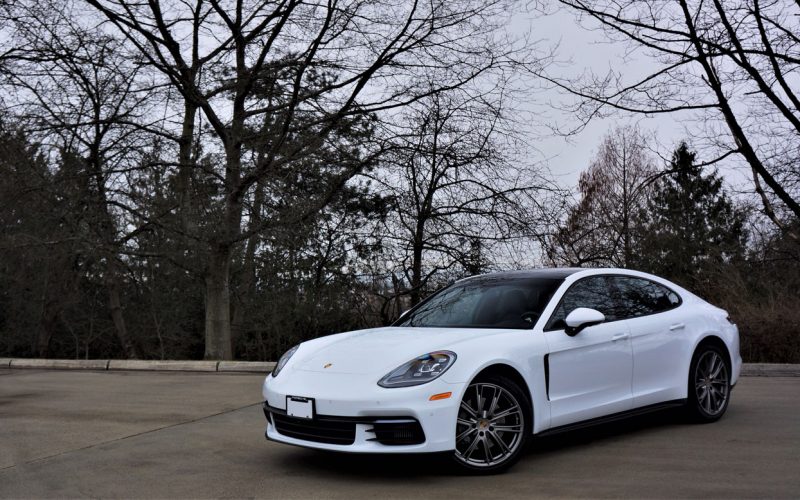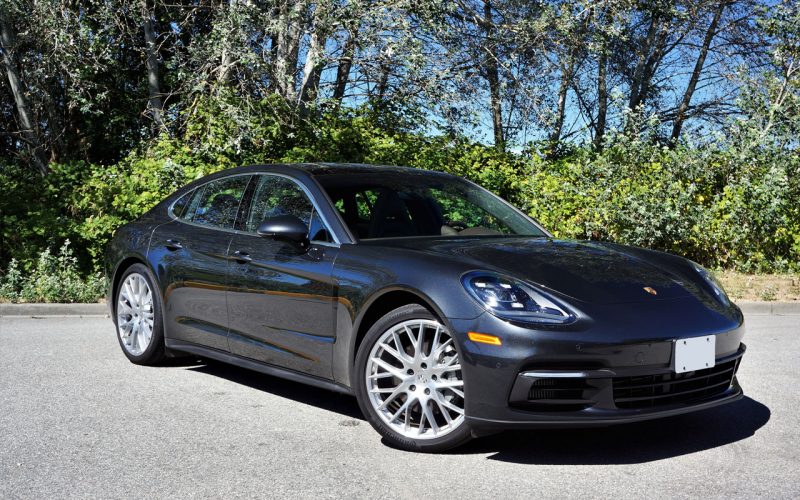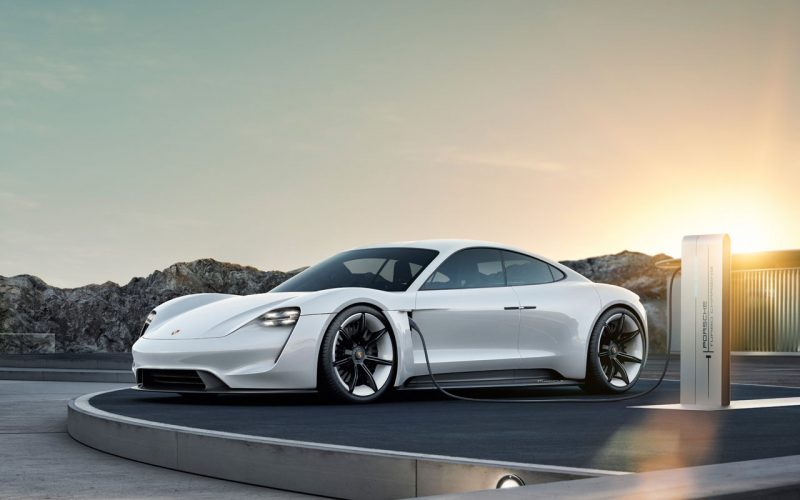
Reading Time: 9 minutesTo anyone interested in purchasing a sport sedan from a premium brand or something from the

Reading Time: 12 minutesAs my dad always said, if you’re going to do something, do it right. Such is

Reading Time: 3 minutesFew electric cars have caused as much excitement as the Porsche Mission E, but consider for
© 2025 The Car Magazine. All Rights Reserved, Privacy Policy | Terms of Use